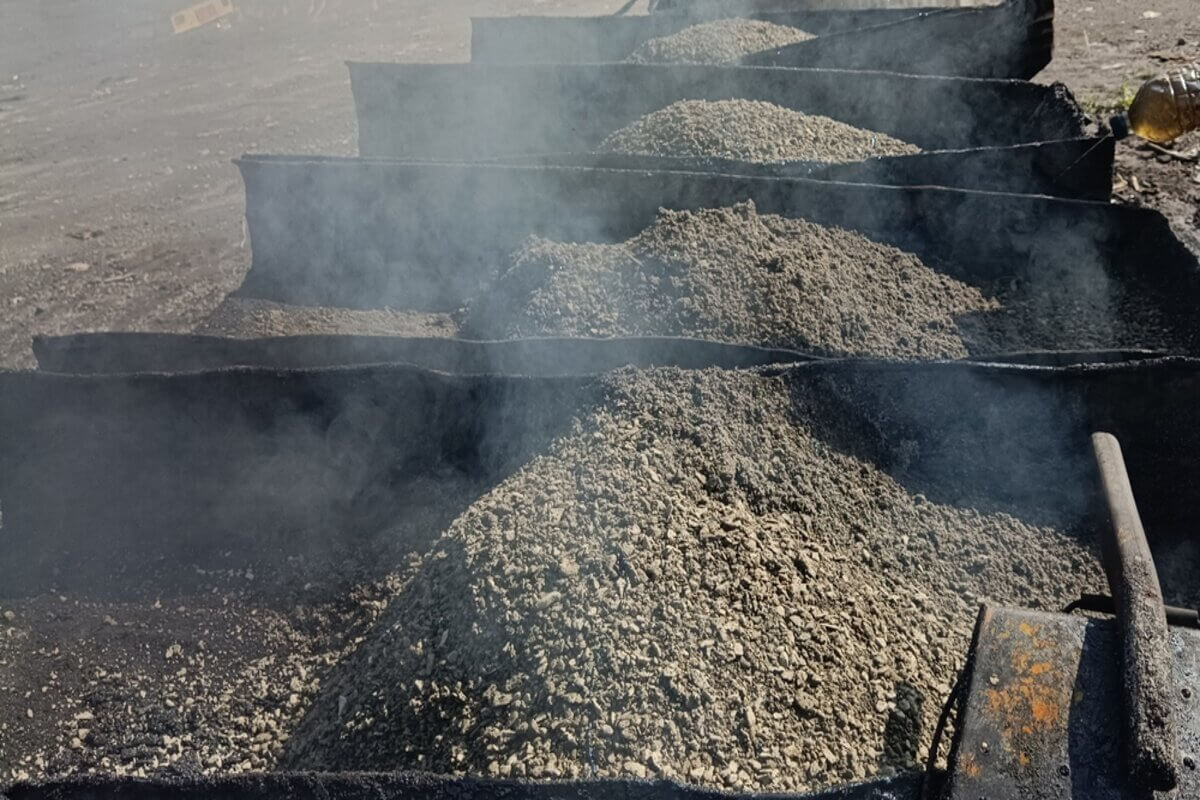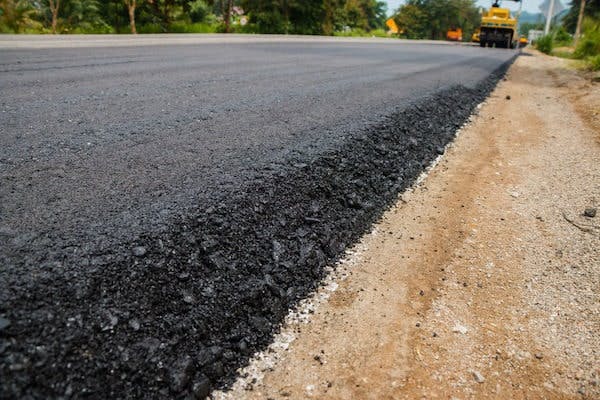Unlocking the Keys of Warm Mix Asphalt Innovation
Checking out the midsts of hot mix asphalt innovation uncovers a world where precise procedures and specific formulas converge to shape our roads and facilities. The combination of binders, fillers, and accumulations isn't just a building and construction task however a tactical orchestration of durability and effectiveness. As we peer right into the elaborate dance of components, a tapestry of resilience and sustainability unfolds. However what lies underneath this surface area of asphaltic proficiency, and what keys wait to be revealed in the world of leading innovations?
Importance of Warm Mix Asphalt
Hot Mix Asphalt plays a critical function in modern-day infrastructure advancement due to its durability and cost-effectiveness. As the most generally used leading product for roadways, freeways, and car parking whole lots, Hot Mix Asphalt provides a variety of advantages that contribute to its relevance in construction tasks.
The durability of Hot Mix Asphalt originates from its structure, which includes aggregates, binder, and filler materials that are carefully selected and blended to meet certain efficiency demands. This exact combination causes a flexible and solid sidewalk that can withstand regular usage without substantial damage. In Addition, Hot Mix Asphalt is 100% recyclable, additional improving its sustainability and environmental advantages. Overall, the relevance of Warm Mix Asphalt in framework advancement can not be underrated, as it remains to be a cornerstone of modern-day building practices.
Parts of Asphalt Mixes
The structure of asphalt mixes consists of meticulously selected aggregates, binder, and filler materials that are vital for accomplishing specific efficiency demands. Aggregates are the primary part of asphalt mixes, giving toughness and security. The binder, normally bitumen or asphalt cement, holds the aggregates with each other and supplies flexibility and toughness to the mix.
The mix and percentage of these parts play a significant duty in establishing the top quality and performance of the asphalt mix. Designers thoroughly design the mix to fulfill specific needs, taking into consideration elements like website traffic quantity, environment conditions, and pavement lifespan. Correct selection and harmonizing of accumulations, binder, and fillers are essential for producing sturdy, long-lasting asphalt sidewalks.
Combining and Manufacturing Techniques

Once the accumulations are chosen, the binder, commonly asphalt concrete, is included in bind the products with each other. The binder's quality and amount dramatically influence the mix's resistance, versatility, and strength to environmental factors. In addition, fillers like moisturized lime or Rose city cement may be incorporated to improve particular qualities of the asphalt mix, such as its workability or wetness resistance.
During manufacturing, the aggregates and binder are heated up, normally between 250-325 ° F(121-163 ° C ), to promote mixing and go to this web-site guarantee appropriate finish of the accumulations. The mixing procedure must be complete to accomplish an uniform blend that promotes the desired performance features of the asphalt. Numerous methods, such as set blending or drum blending, are used to attain high-quality and constant asphalt blends for building and construction jobs.
Elements Impacting Asphalt Performance
Factors influencing asphalt performance incorporate a range of variables that affect the toughness, durability, and total high quality of asphalt pavements. One key element is the quality of products used in the asphalt mix. The kind and source of accumulations, the binder top quality, and the additives all play a considerable role in establishing the performance of the asphalt pavement. The gradation of accumulations is vital as it affects the mix's security, resistance, and workability to rutting and splitting.

Style considerations, such as sidewalk thickness and drainage, are crucial in guaranteeing the long-term efficiency of the asphalt sidewalk. By meticulously thinking about these factors, designers and professionals can optimize asphalt efficiency and improve the solution life of pavements.
Sustainable Practices in Asphalt Innovation

In addition, the growth of warm-mix asphalt (WMA) innovations has acquired traction in recent times. WMA allows for the production and placement of asphalt blends at reduced temperature levels compared to conventional hot-mix asphalt, resulting like this in lowered energy usage and greenhouse gas discharges. Furthermore, using porous asphalt blends can assist minimize stormwater drainage concerns by enabling water to infiltrate through the pavement and into the ground, promoting all-natural water filtering and reenergize processes. By applying these sustainable methods, the asphalt sector can add to constructing an extra eco friendly and resilient facilities network.
Conclusion
In conclusion, hot mix asphalt technology plays an essential role in modern framework development as a result of its toughness and cost-effectiveness. By very carefully stabilizing elements, using proper blending techniques, and thinking about numerous aspects, designers can create high-quality asphalt mixes that endure heavy web traffic lots and severe climate condition. Accepting sustainable methods, such as making use of recycled materials and warm-mix innovations, better enhances the ecological friendliness of asphalt modern technology.
Mixing and manufacturing strategies in warm mix asphalt innovation entail the specific mix and handling of aggregates, binder, and fillers to create a durable and high-performance asphalt mix.Aspects influencing asphalt performance encompass an array of variables that affect the sturdiness, durability, and general top quality of asphalt pavements. Lasting methods in asphalt modern technology include numerous campaigns intended at lowering the environmental influence of asphalt production and paving processes. By integrating recovered asphalt pavement (RAP) and recycled asphalt shingles (RAS) into new asphalt mixes, the market can significantly minimize the usage of raw materials and energy, while likewise lowering garbage dump waste.
WMA permits for the production and placement of asphalt blends at reduced temperature levels contrasted to traditional hot-mix asphalt, resulting in minimized energy usage and greenhouse gas emissions.